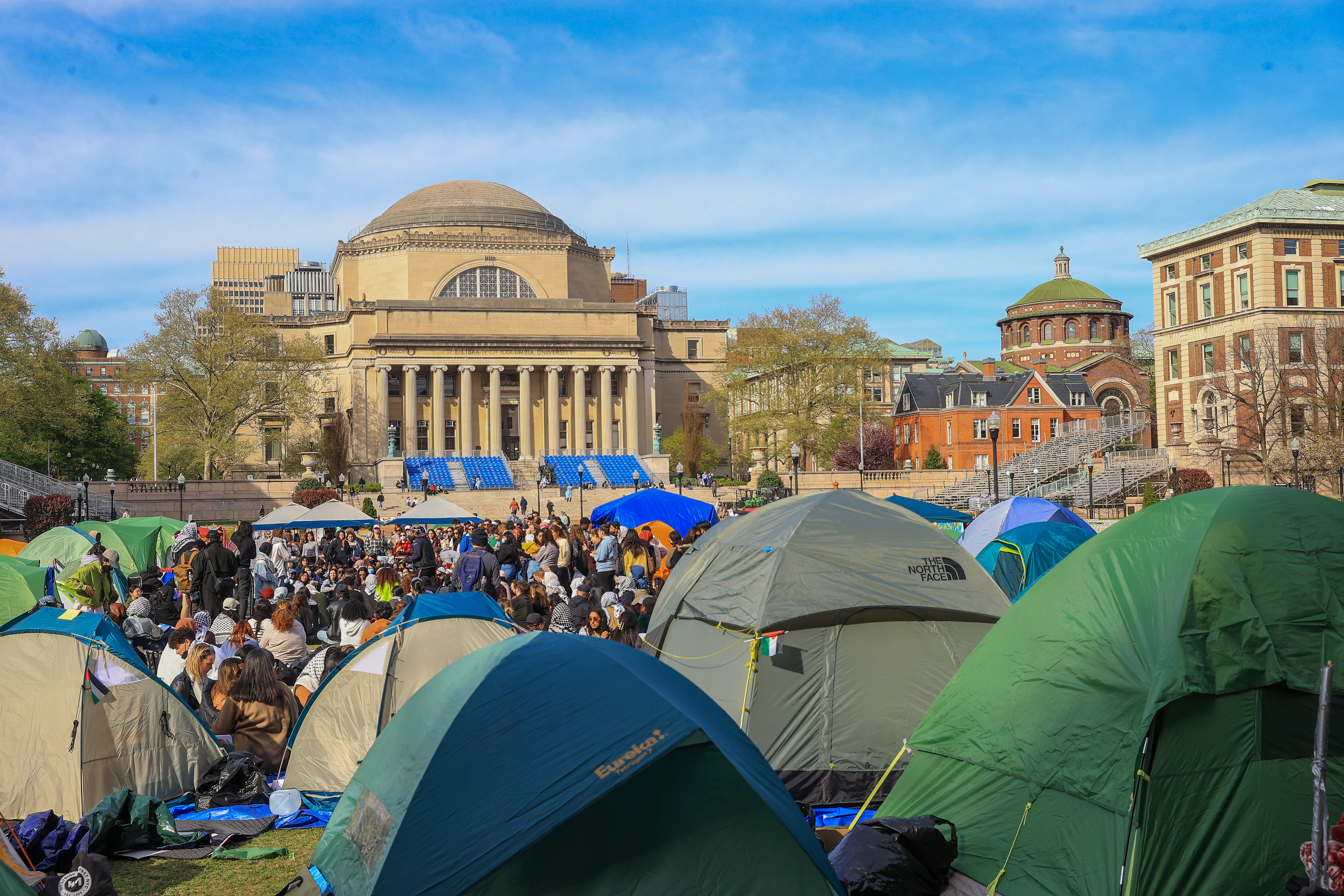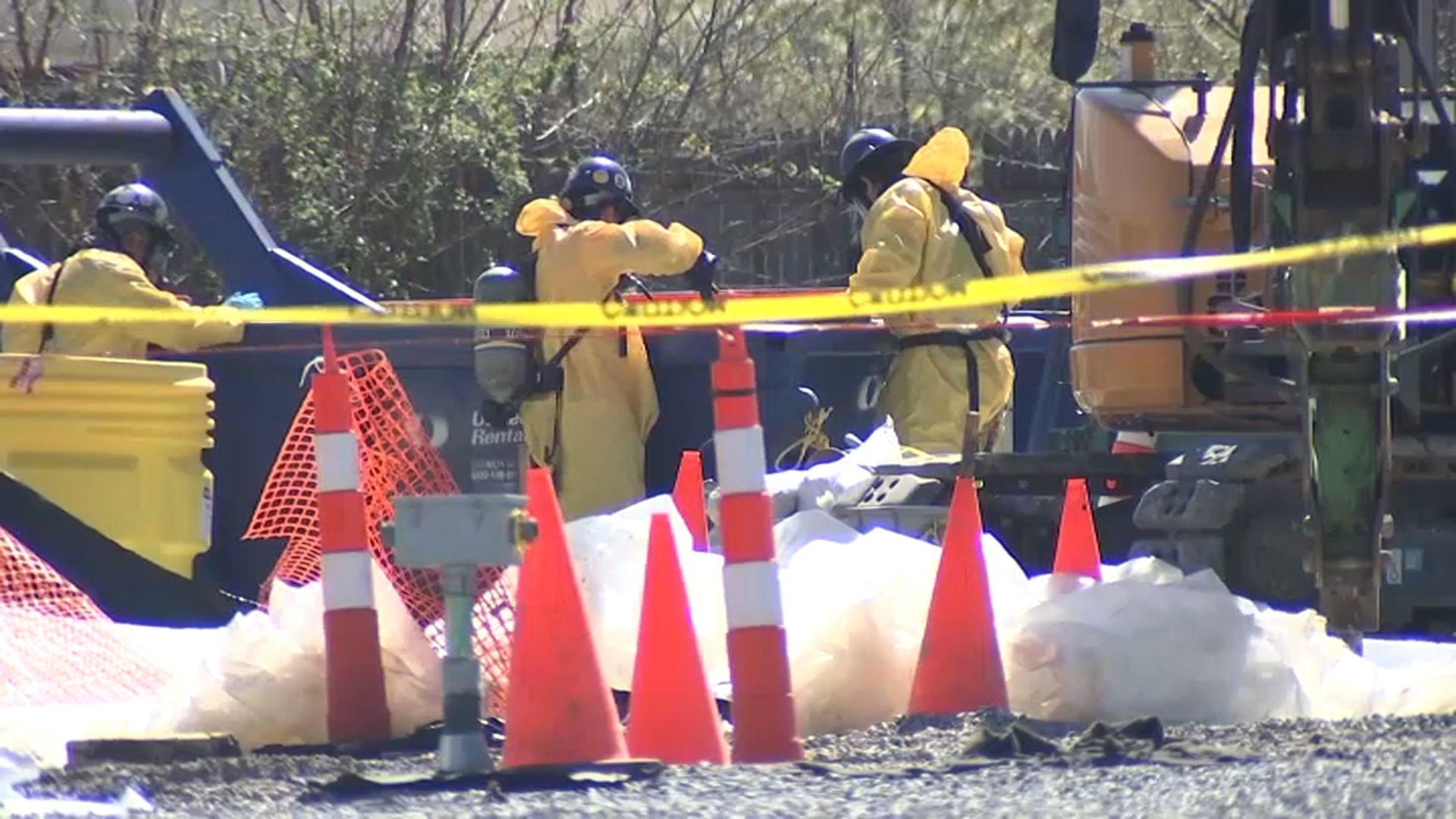After months of study, the U.S. Environmental Protection Agency said it has a better idea for cleaning up the Hudson River from New York City 200 miles north to Hudson Falls.
That entire length of the river has been classified a Superfund Site following decades of pollution with PCBs from two transformer plants operated by General Electric (the parent company of NBC New York) before the chemical was labeled a possible carcinogen, and before there were regulations for its disposal.
GE began dredging off a small stretch of the river at its most polluted point last summer in a Phase One test of the procedure after working for years with the EPA on the best way to effect the clean up.
Now, the EPA says Phase 2 dredging must go deeper in order to reduce the amount of PCB-laced silt that gets stirred up and floats downstream.
"We've said from the start that a clean Hudson is non-negotiable, and the path we have laid out today relies on the best science to ensure this dangerous pollution is addressed in an effective way," said EPA Region 2 Administrator Judith Enck in a statement.
For years, the EPA and New York State have banned fishing in the upper Hudson while restricting how much fish people can eat from waters closer to New York City.
While fish testing after last summer's dredging showed no real change in PCB levels, the EPA believes its new program will "show speedy and dramatic improvements as a result of the dredging."
But when Enck was asked by NBCNewYork in a conference call if fish advisories will be lifted after completion of the "5 to 7 year" Phase 2, she said "Unfortunately not."
Local
"It's gonna take many decades for the levels(of PCB's) to come down," said Enck.
There has been controversy with environmental groups over limited "capping" of some parts of the polluted sediment--a cheaper alternative, or dredging all of it. Beyond allowing capping in areas where dredging is impractical, such as near shorelines, the EPA will allow just 11% of the river's course in Phase 2 to be capped(in Phase 1, it allowed 22% capping).
GE issued a statement saying it is "reviewing" the EPA report while noting its "public commitment eight years ago to cooperate with EPA on this project."
Spokesman Mark Behan noted that it supports extensive dredging and added that it expects to remove up to 97% of the PCB's in the stretches of the river where it and the EPA have agreed on the procedure(about 15% of the 40 mile stretch).
The company said it "will carefully evaluate EPA's plan. If we determine that the plan is consistent with our technical discussions with EPA, that it is based on sound science, and that it is feasible to achieve, we expect to move forward with Phase 2."
GE said it would be back to the EPA by mid-January.
As for any threat to drinking water, the EPA said it would closely monitor the river at Green Island, but Superfund Director Walter Mudgan said there is "absolutely no risk" seen to those municiplaities that get their water from the Hudson, all the way down to Poughkeepsie.
Follow Brian Thompson on Twitter @brian4NY



